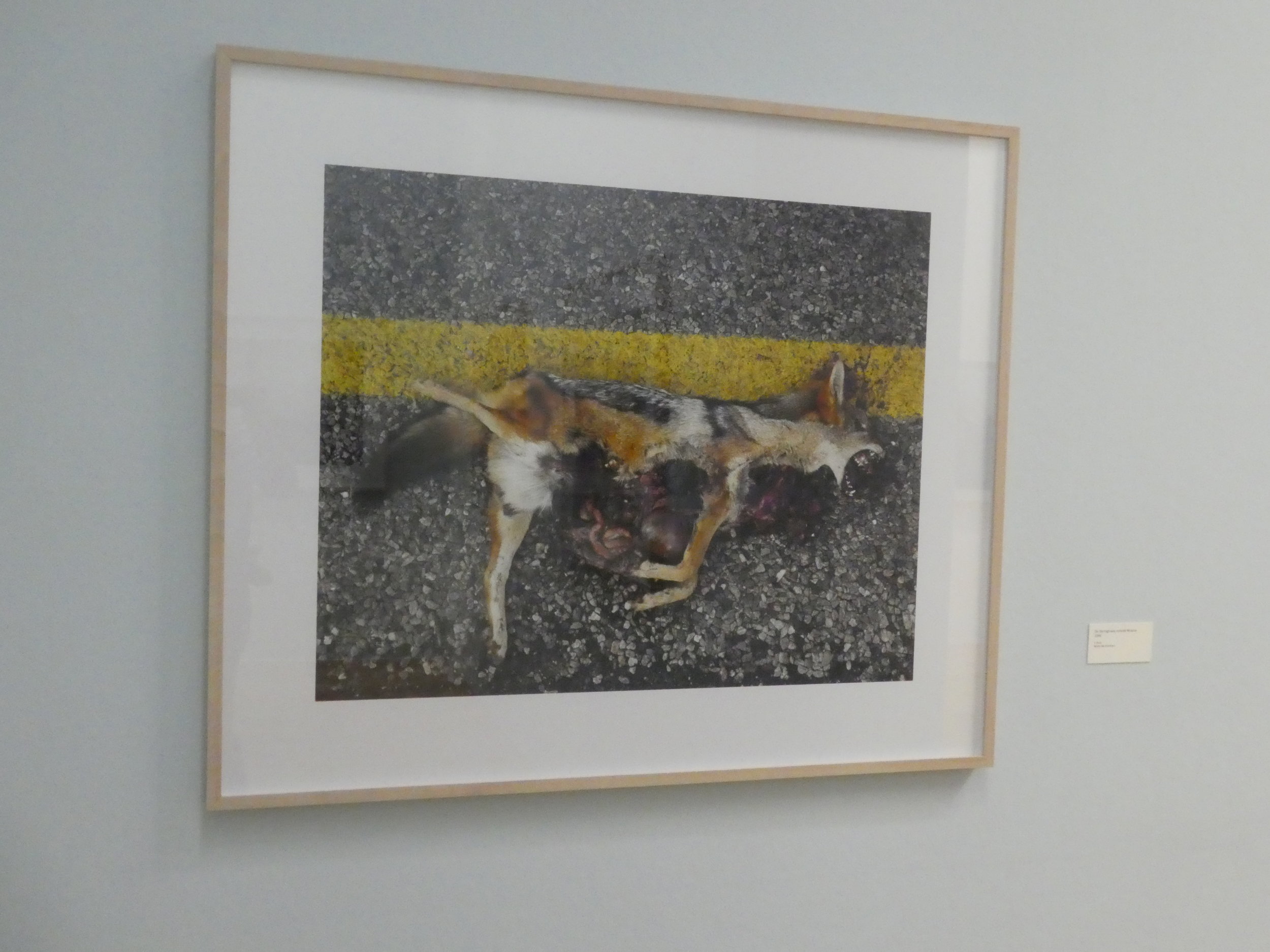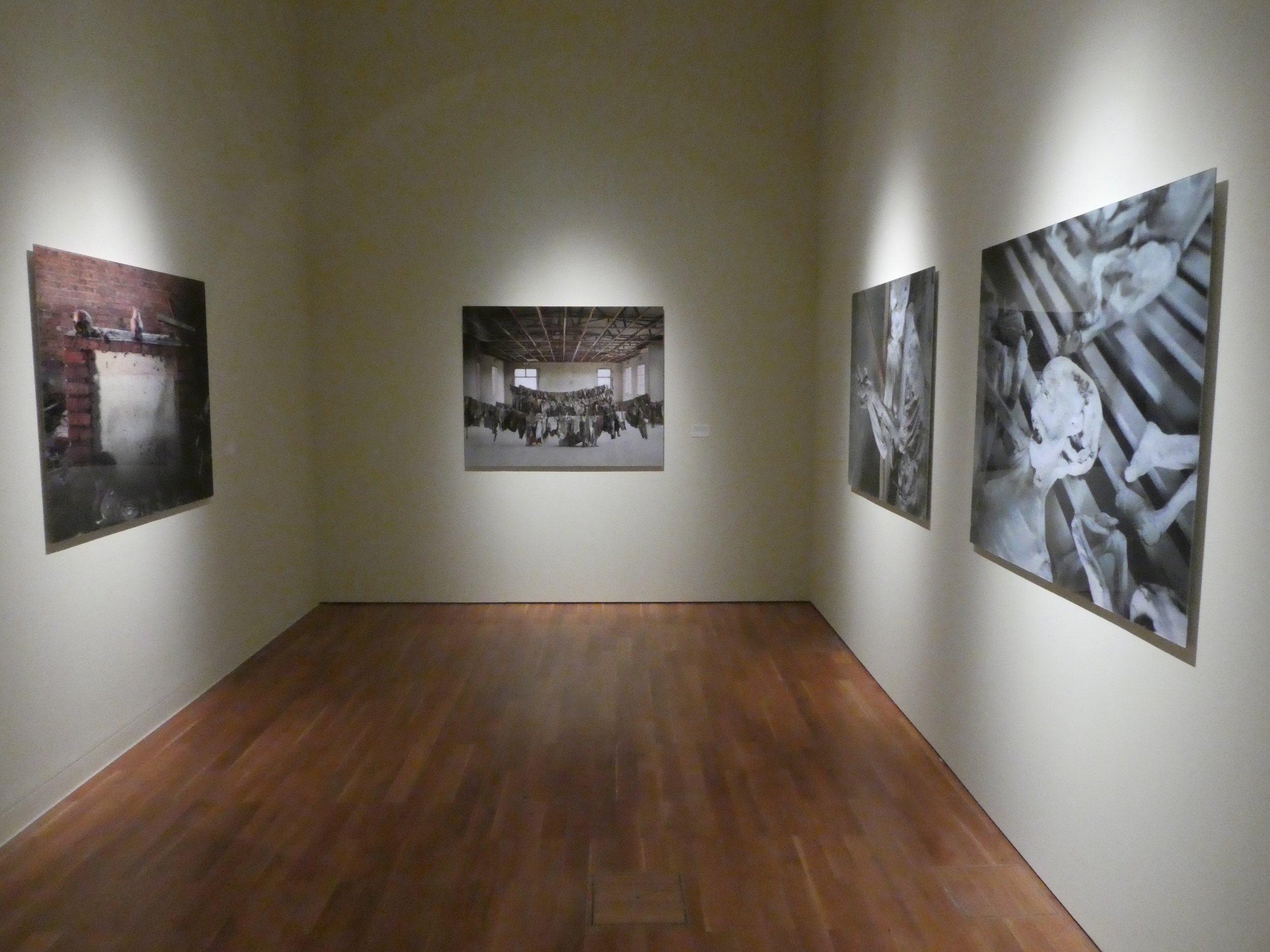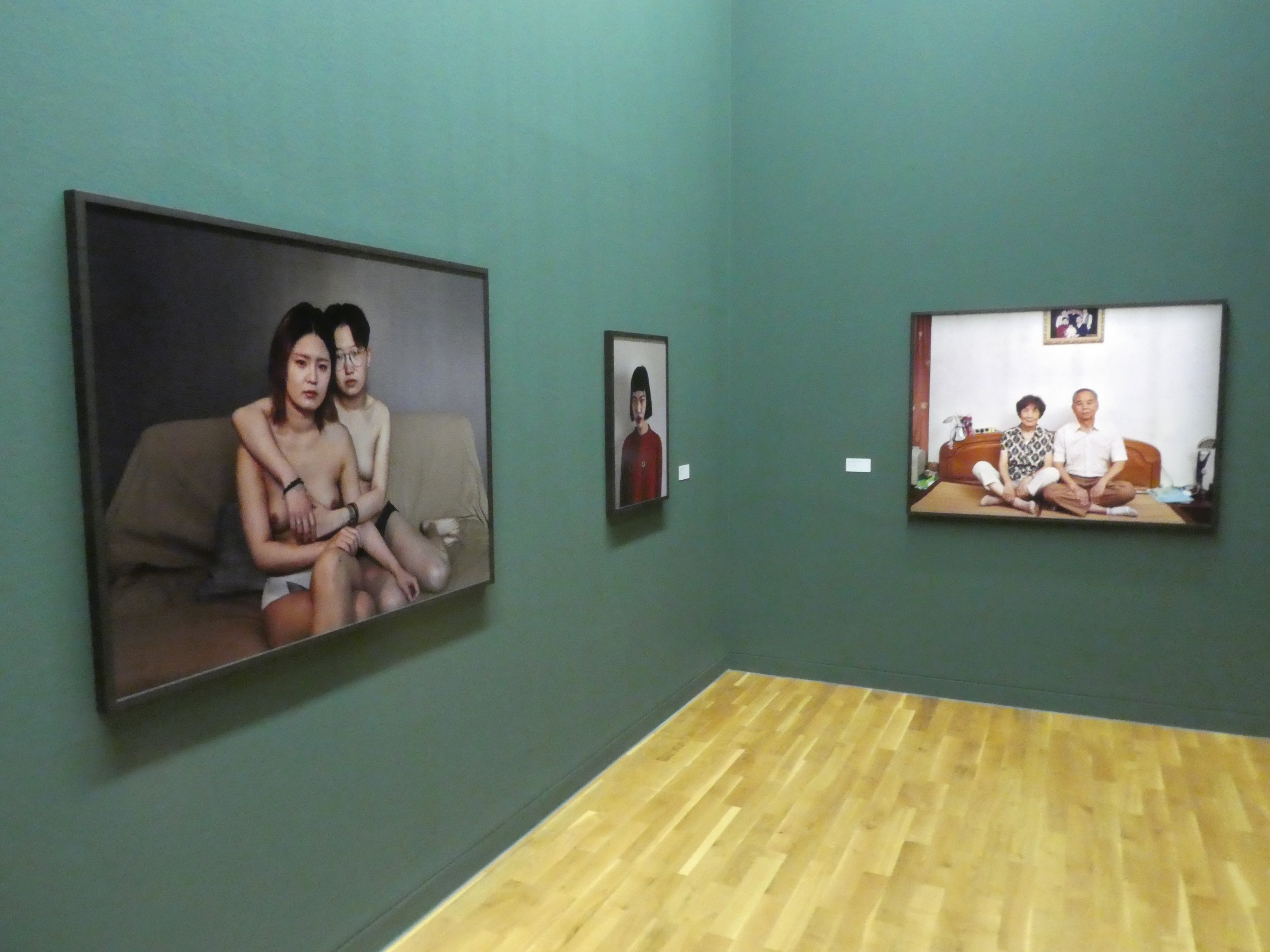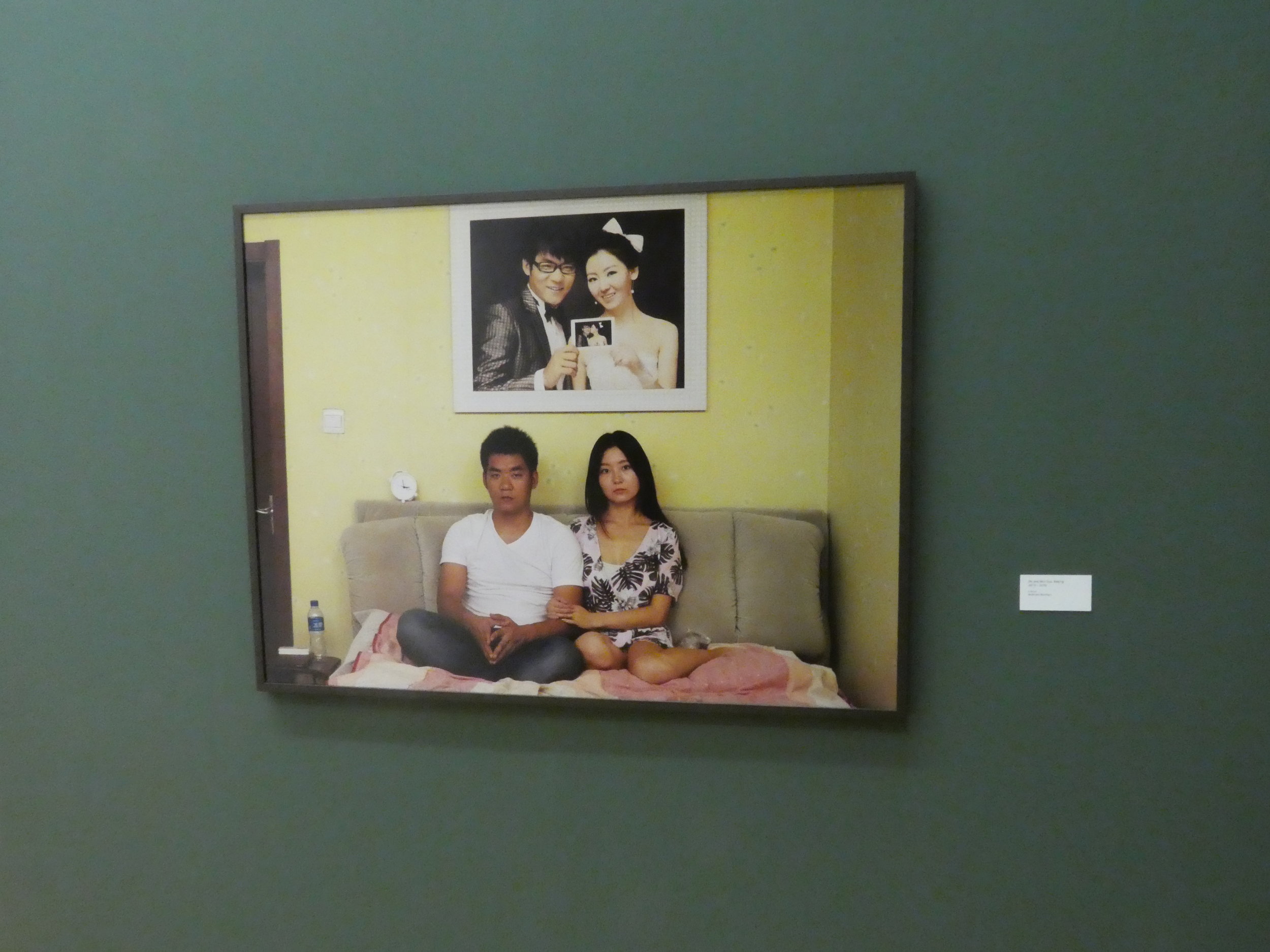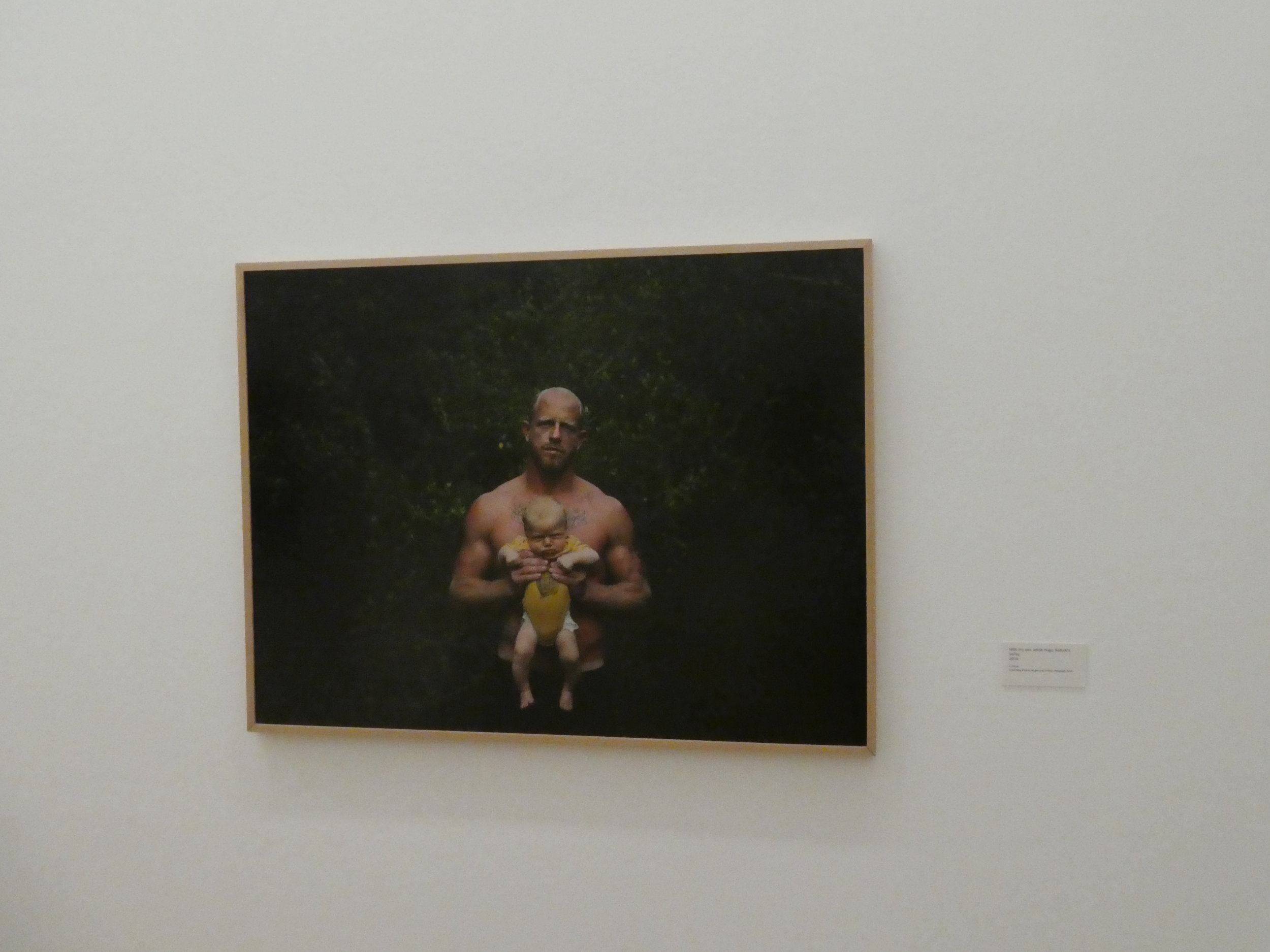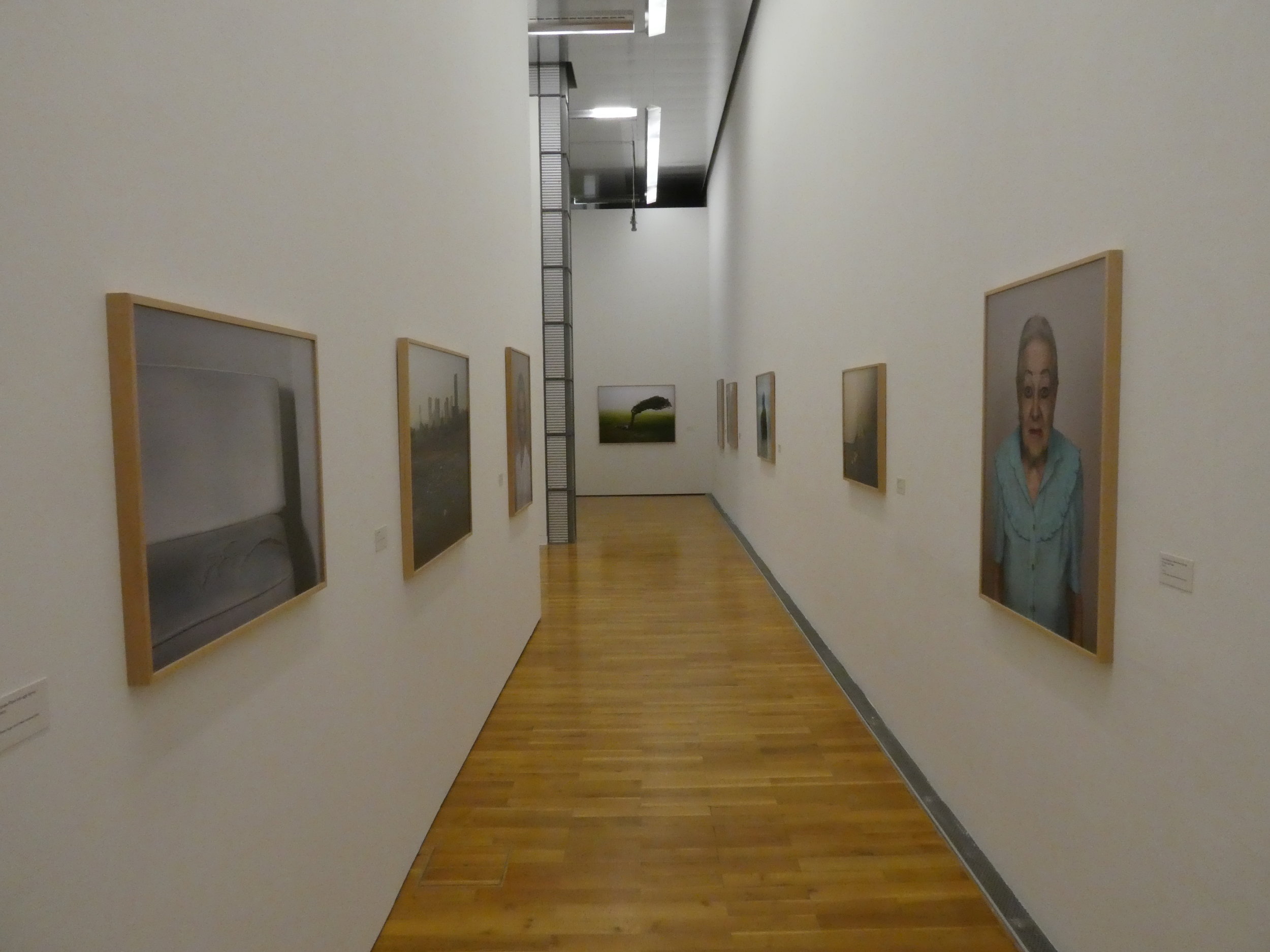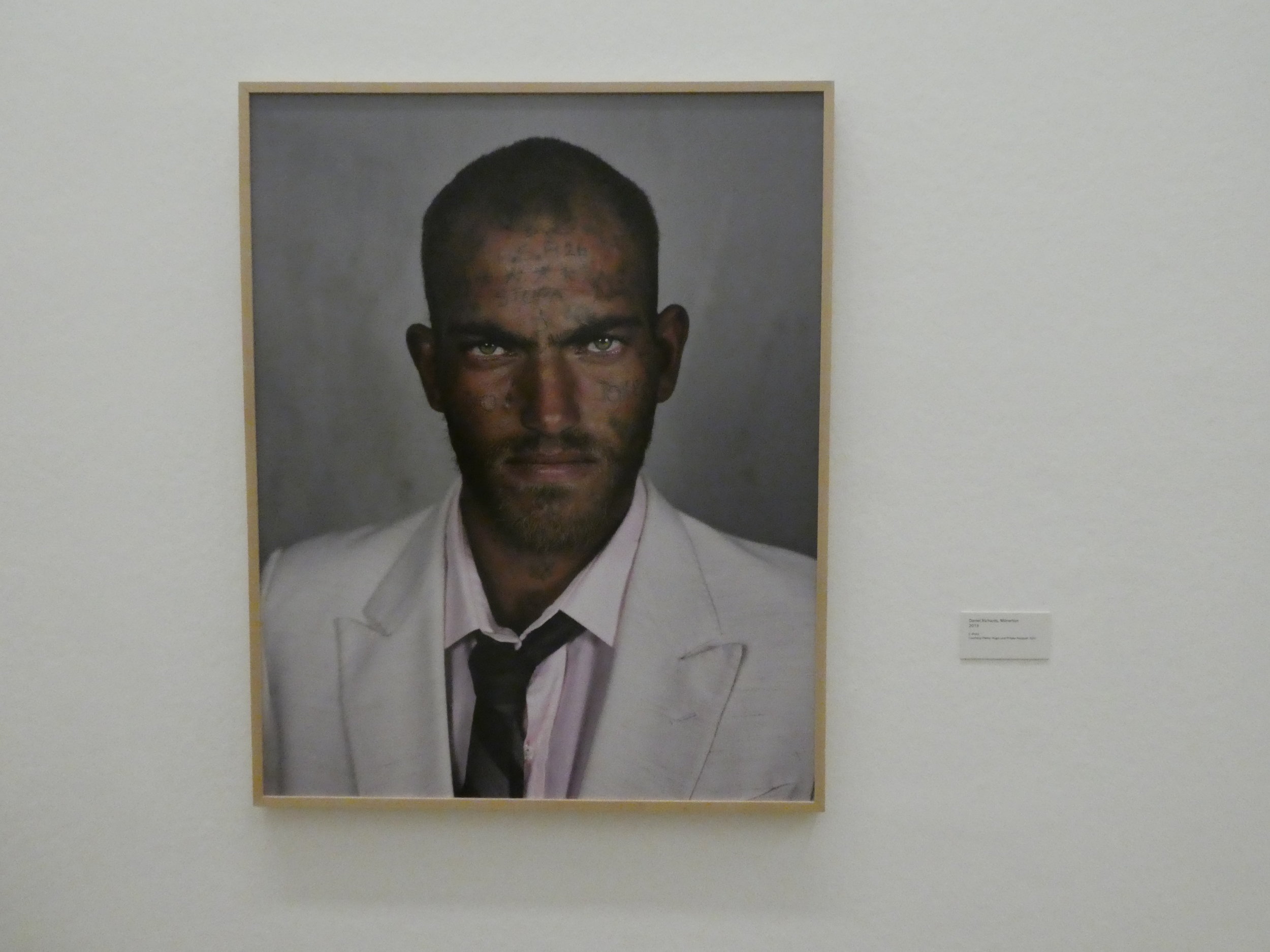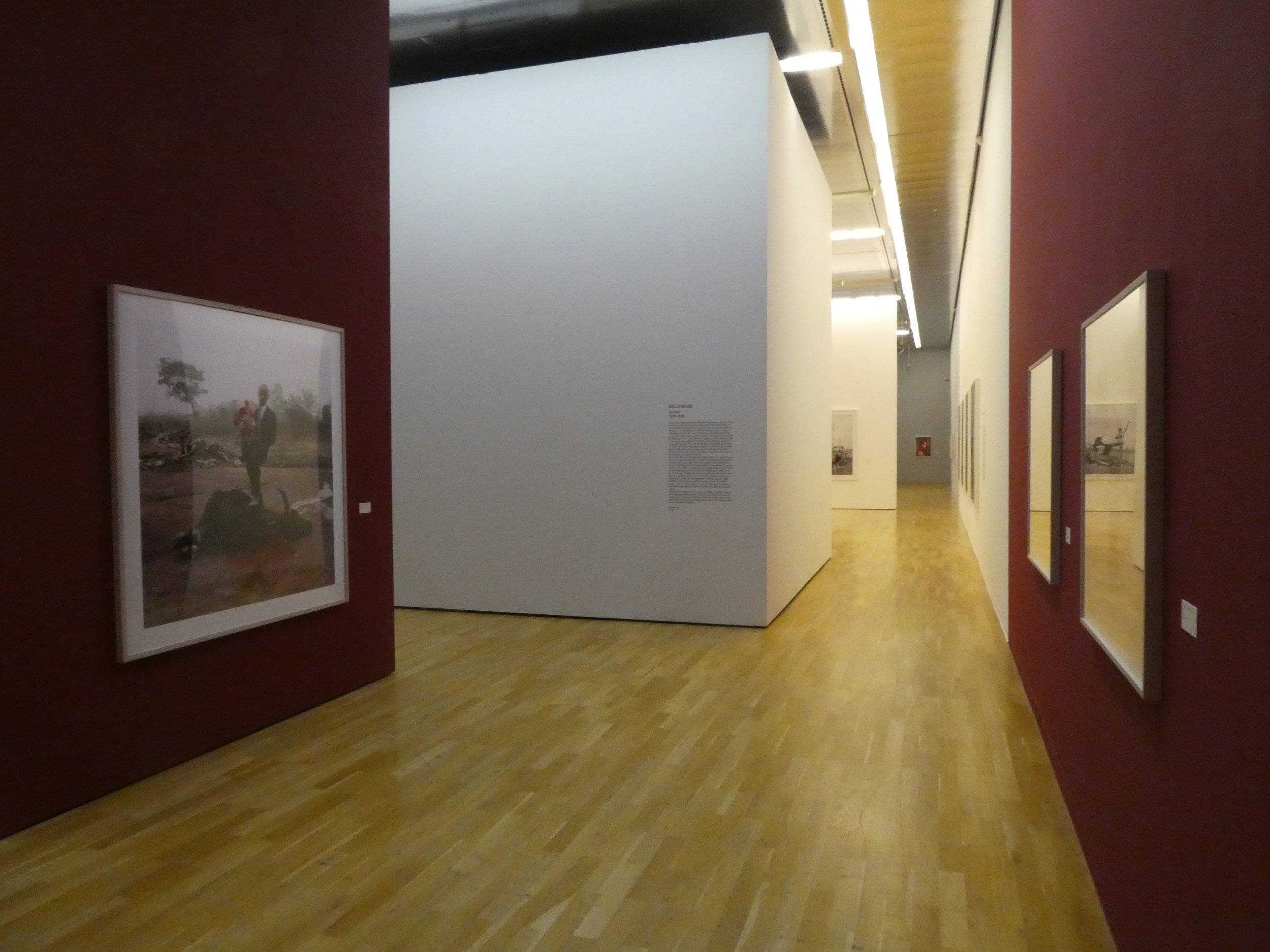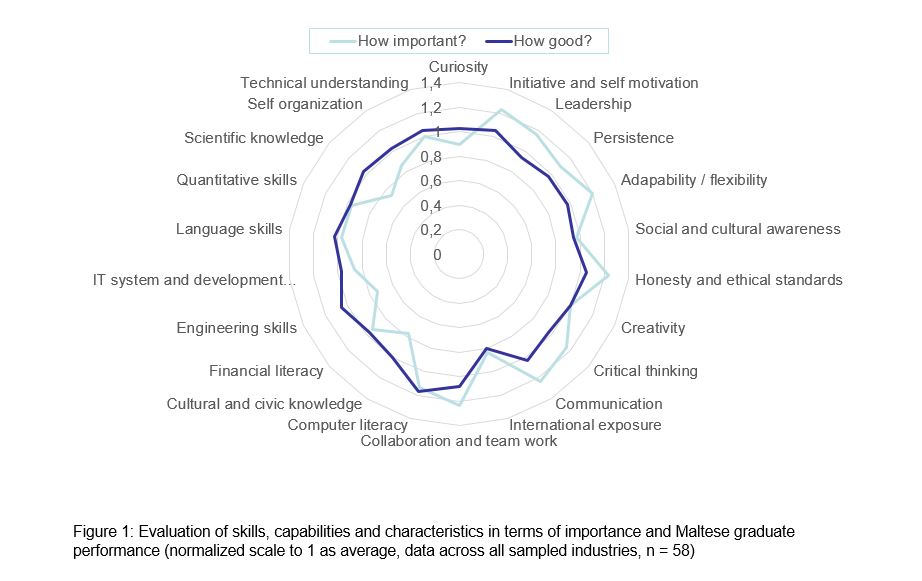Janthinobacterium lividum
In the Earth Matters exhibition of the Tilburg Textile Museum, I came across an interesting application of Janthinobacter Lividum, and aerobe bacteria, which dark purple colour can be used to dye textiles. Laura Luchtmann and Ilfa Siebenhaar additionally applied sounds at different frequencies to achieve different and very fine patterns. Unfortunately, the photo I took is not clear to show the real colour and its structure. But it's really interesting and very pretty.
One of the exhibits by Laura Luchtmann and Ilfa Siebenhaar showing the color patterns achieves by the application of different sound frequencies on Janthinobacter lividum dying silk (Tilburg Textile Museum, 27.08.2017)
I liked all the museum. It is a mix of historical introduction into the textile industry, which was a commercial pillar of Tilburg. But beyond old machinery, it contains a lab with modern looms and brings the visitor to the innovative side of fabrics.
View into the lab area of the Tilburg Textile Museum.

































